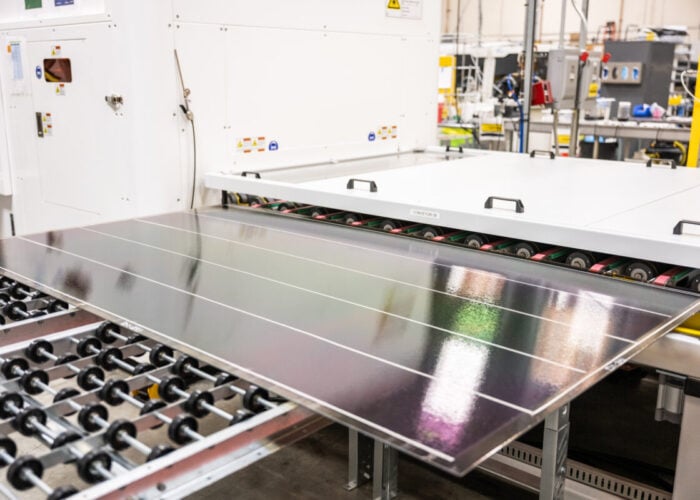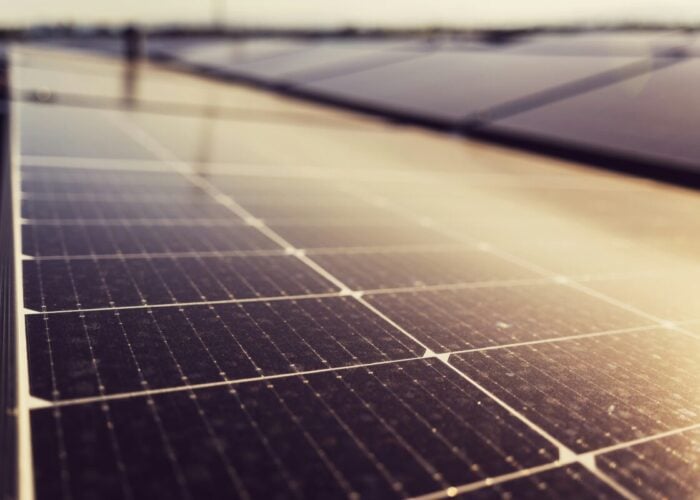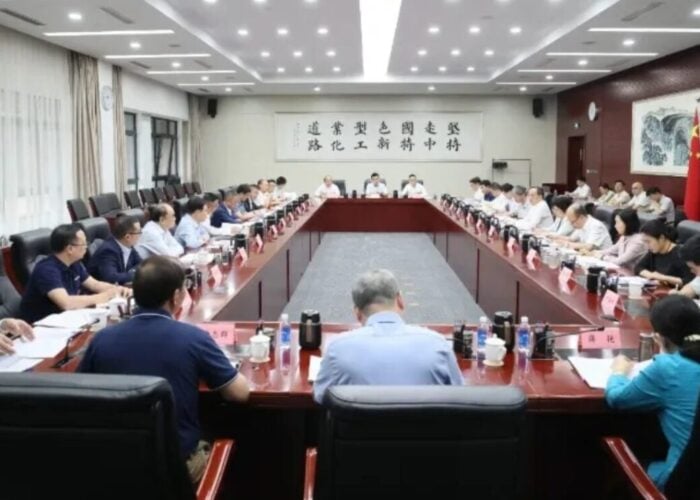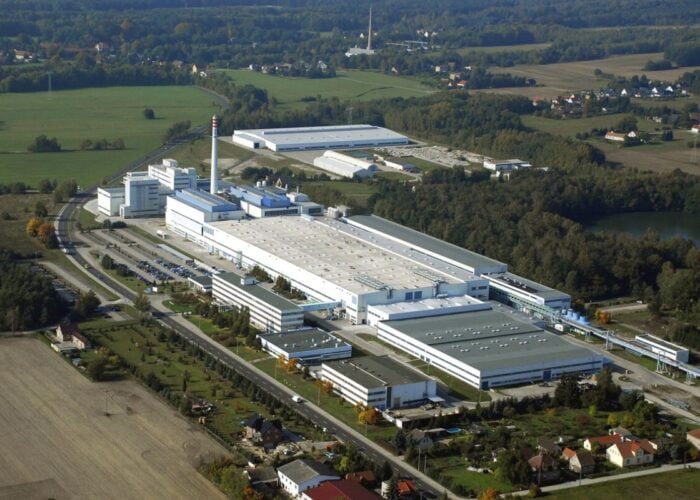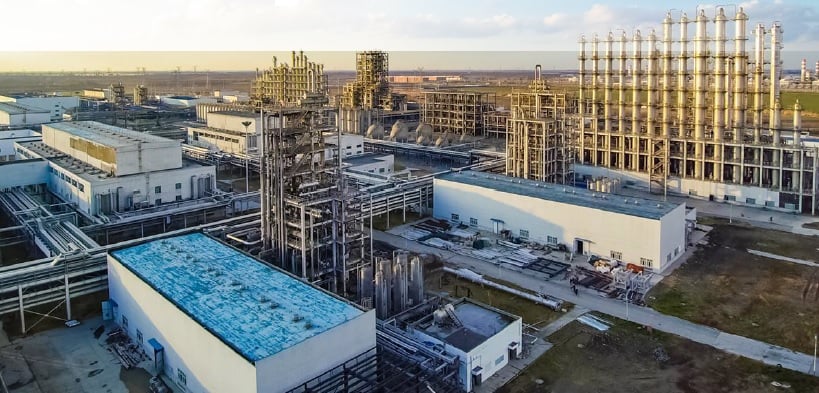
Chinese polysilicon manufacturer Daqo New Energy posted losses of US$65.3 million in the fourth quarter of 2024.
These recent losses have contributed to a gross loss of US$212.9 million in 2024, compared to profits of US$920.7 million in 2023, while gross margin fell to -20.7% in 2024, from 39.9% the prior year.
Unlock unlimited access for 12 whole months of distinctive global analysis
Photovoltaics International is now included.
- Regular insight and analysis of the industry’s biggest developments
- In-depth interviews with the industry’s leading figures
- Unlimited digital access to the PV Tech Power journal catalogue
- Unlimited digital access to the Photovoltaics International journal catalogue
- Access to more than 1,000 technical papers
- Discounts on Solar Media’s portfolio of events, in-person and virtual
This trend comes after the company, alongside rival Chinese manufacturer Tongwei, announced plans to cut polysilicon production to minimise the impacts of price competition in the Chinese PV sector. In the fourth quarter of 2024, Daqo produced 34,236 metric tons of polysilicon, the first time quarterly polysilicon production has dropped below 35,000 metric tons since the third quarter of 2022, and almost half the 64,691 metric tons produced in the second quarter of this year, a record figure.
The company’s polysilicon sales remained relatively stable from one quarter to the next, hitting 42,191 metric tons in the fourth quarter of 2024, compared to 42,101 metric tons in the precious quarter.
While these figures are more stable than polysilicon production, they too have fallen dramatically in recent months; quarterly polysilicon sales have collapsed from an all-time high of 63,263 metric tons in the third quarter of 2023, which was the most recent quarter that Daqo sold more polysilicon than it produced. These trends are shown in the graph below.
“Despite the losses, Daqo New Energy continued to maintain a strong balance sheet and ample cash reserves,” said Daqo chairman and CEO Xiang Xu. “We proactively managed these difficulties by curtailing polysilicon production to reduce cash burn, particularly in the third and fourth quarters.”
Xu also noted that the company’s year-end PV production reached 205,068 metric tons, a 3.7% year-on-year increase, and a total that falls in line with the company’s forecasts of between 200,000 metric tons and 210,000 metric tons. Xu also pointed out that n-type products accounted for 70% of Daqo’s total production in 2024, up from 40% the year prior.
However, by many metrics, Daqo continued its poor financial performance from the third quarter of 2024. Gross losses hit US$65.3 million, down marginally from US$60.6 million in the prior quarter; gross margin fell to -33.4%, from -30.5% in the third quarter; and losses from operations cratered to US$300.9 million, down from losses of US$98 million in the prior quarter.
Much of this was driven by a combination of low sales figures and a collapsing sale price. The company sold a total of 181,362 metric tons of polysilicon in 2024, compared to 200,002 metric tons in 2023, while the average selling price of its polysilicon products more than halved from US$11.48/kg in 2023 to US$5.66/kg in 2024. From one year to the next, Daqo’s revenue was similarly slashed, from US$2.3 billion to US$1 billion.
Chinese leaders struggle
Daqo’s poor performance is reflected by many of the industry leaders in China, with both JinkoSolar and LONGi posting losses as of last year. This has taken place despite Chinese firms exporting a record 235.93GW of modules in 2024, a 13% year-on-year increase, suggesting that module pricing has become the limiting factor, rather than production capacity.
Earlier this month, a number of module manufacturers told PV Tech Premium that they were considering increasing module prices to offset these financial pressures, following new tariffs placed on Chinese solar products by US president Donald Trump that increased duties as high as 60%.
“In 2024, we faced a challenging market environment with excess capacity in the solar PV industry leading to sharp price declines across the entire value chain,” said Xu. “Despite solid growth in demand for solar PV products globally, the mismatch between demand and supply drove prices lower in 2024 even below cash cost.”


